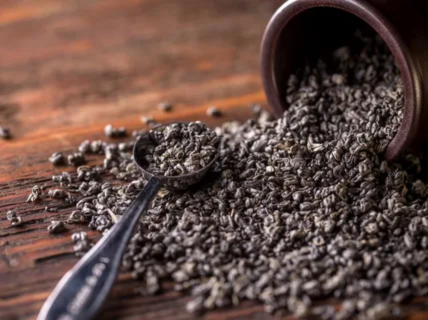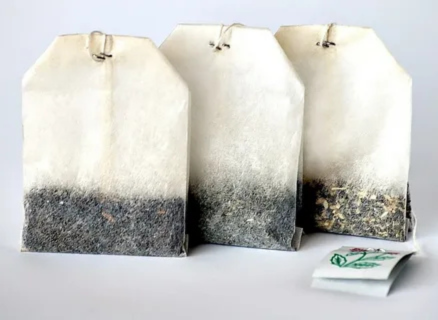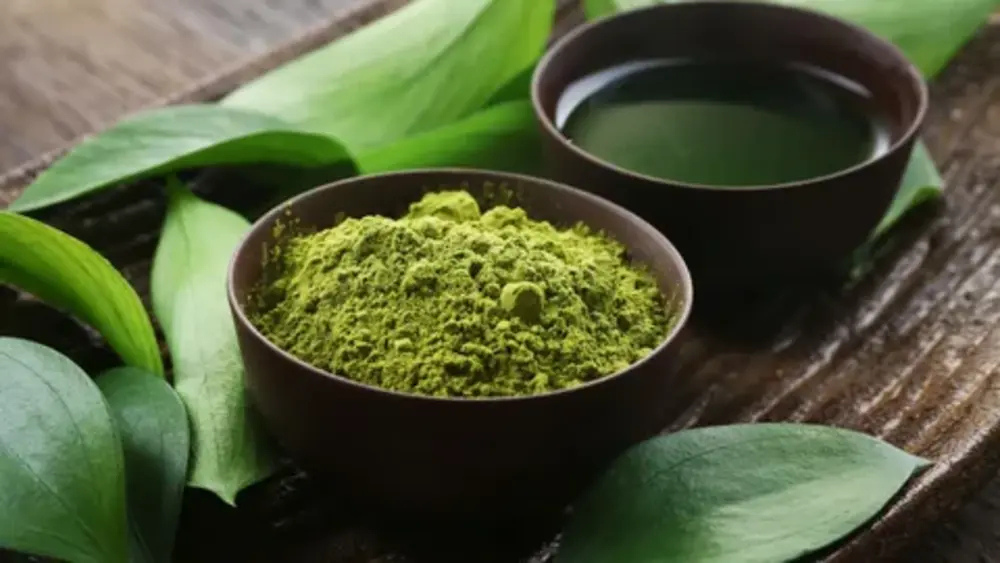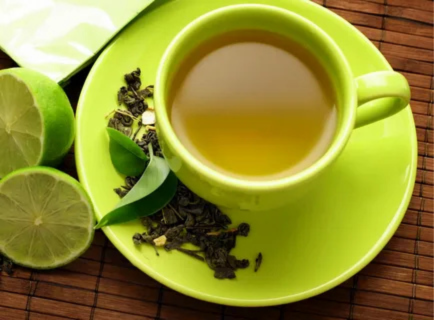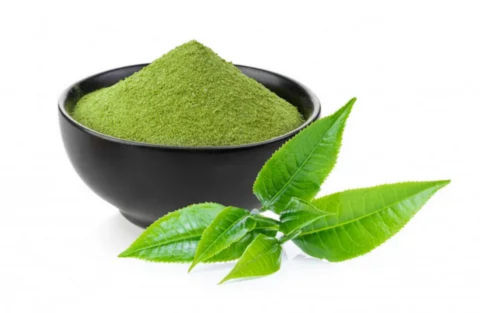Learn how Bigelow decaffeinates their green tea using a safe CO₂ process that preserves flavor, antioxidants, and aroma for a smooth cup.
Introduction
Many green tea drinkers who enjoy its calming and antioxidant-rich properties often wonder: how does Bigelow decaffeinate their green tea without compromising flavor? For those sensitive to caffeine, decaf green tea offers a gentler alternative that still provides health benefits, including polyphenols and EGCG, along with the familiar earthy taste of traditional green tea.
Bigelow, a trusted name in tea, uses a CO₂ decaffeination process to remove most caffeine while preserving natural aroma, flavor, and antioxidants. Understanding this process helps tea lovers make informed choices about what they consume.
Decaf vs. Caffeine-Free
Decaffeinated and caffeine-free teas are not the same. Decaf green tea starts as regular tea leaves that naturally contain caffeine. Through the CO₂ decaffeination process, most caffeine is removed, but trace amounts remain—typically 1–8 mg per cup, compared to 25–35 mg in standard green tea.
Caffeine-free teas, like chamomile, rooibos, or peppermint, naturally contain no caffeine. This distinction matters for those seeking the health benefits of green tea without the stimulation of caffeine.
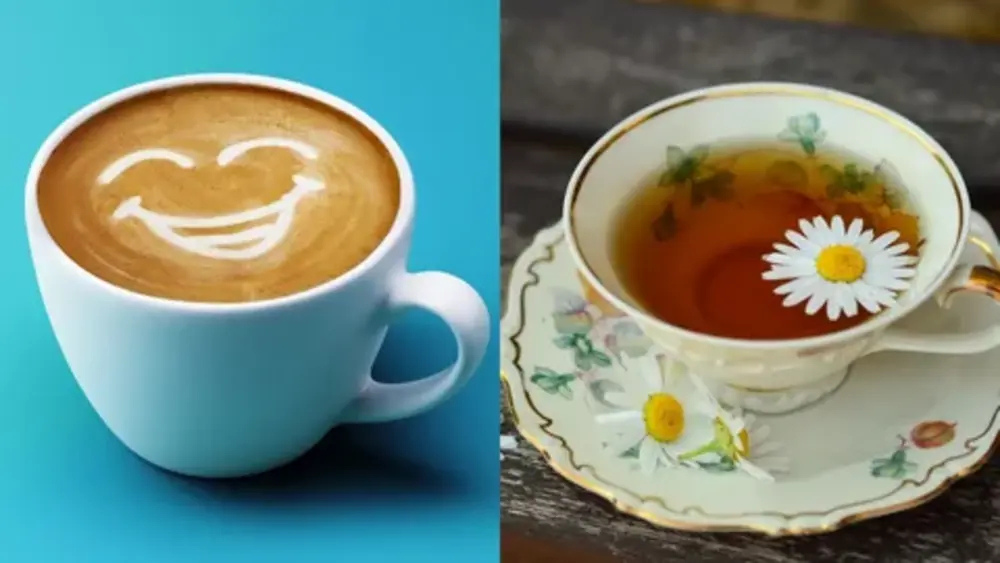
Tea Decaffeination Methods
Several methods exist for decaffeinating tea:
- CO₂ Decaffeination (Supercritical Carbon Dioxide)
Bigelow’s preferred method for green teas. Leaves are steamed and exposed to pressurized CO₂ in its supercritical state, which binds to caffeine molecules and removes them while leaving antioxidants and flavor intact. This solvent-free method is prized for preserving natural green tea taste. - Ethyl Acetate (EA) Method
Sometimes called a “natural process” when derived from fruit. It extracts caffeine but can remove some delicate flavors. Bigelow uses EA for some black teas but not green teas. - Water Processing
Soaks leaves to dissolve caffeine, filters it out, and reabsorbs the liquid. Gentle but less common due to cost. - Methylene Chloride Method
Rarely used today; an older chemical method that strips caffeine but may affect taste and is generally avoided in modern green tea production.
Bigelow’s CO₂ method avoids chemical solvents and emphasizes safety, flavor, and nutrient preservation
How Bigelow Decaffeinates Green Tea: Step by Step
- Preparing the Leaves – Green tea leaves are gently steamed to open pores for caffeine extraction while preserving flavor.
- Supercritical CO₂ – Leaves are exposed to pressurized CO₂ in a supercritical state, which penetrates the leaves and targets caffeine molecules.
- Selective Caffeine Removal – Caffeine is extracted, leaving antioxidants like EGCG and polyphenols intact.
- Separation and Release – CO₂ returns to its gaseous state, releasing the caffeine, leaving leaves solvent-free.
- Drying and Packaging – Leaves are dried and tested, with residual caffeine kept extremely low (1–8 mg per cup).
This process ensures safe, flavorful decaf green tea with minimal impact on nutritional benefits
Why CO₂ Is Preferred
Bigelow chooses the CO₂ method because it preserves antioxidants, flavor, and aroma better than chemical-based methods like ethyl acetate or methylene chloride. For green teas, which have delicate flavors, CO₂ decaffeination maintains freshness and delivers a naturally smooth taste.
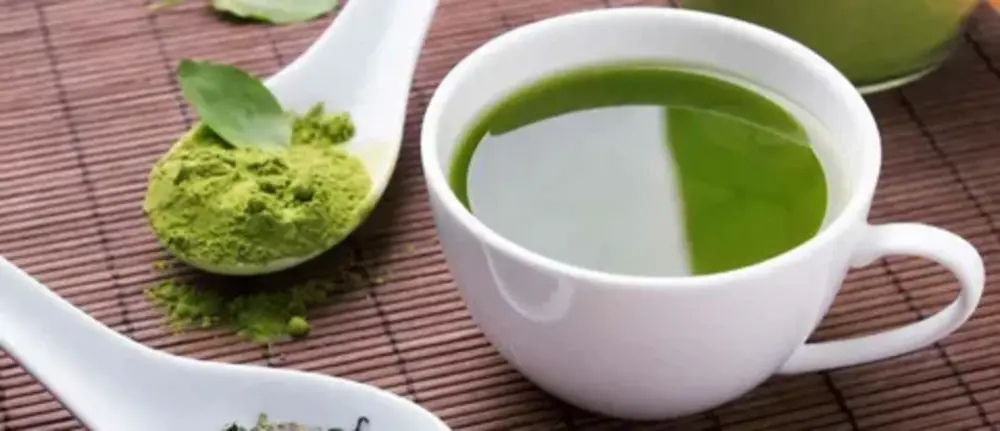
Safety and Caffeine Content
The CO₂ process leaves no chemical residues. Decaf green tea contains trace caffeine—generally 1–8 mg per cup—too low to cause stimulation for most people. Bigelow’s decaf teas meet strict FDA-approved standards, ensuring safety and quality.
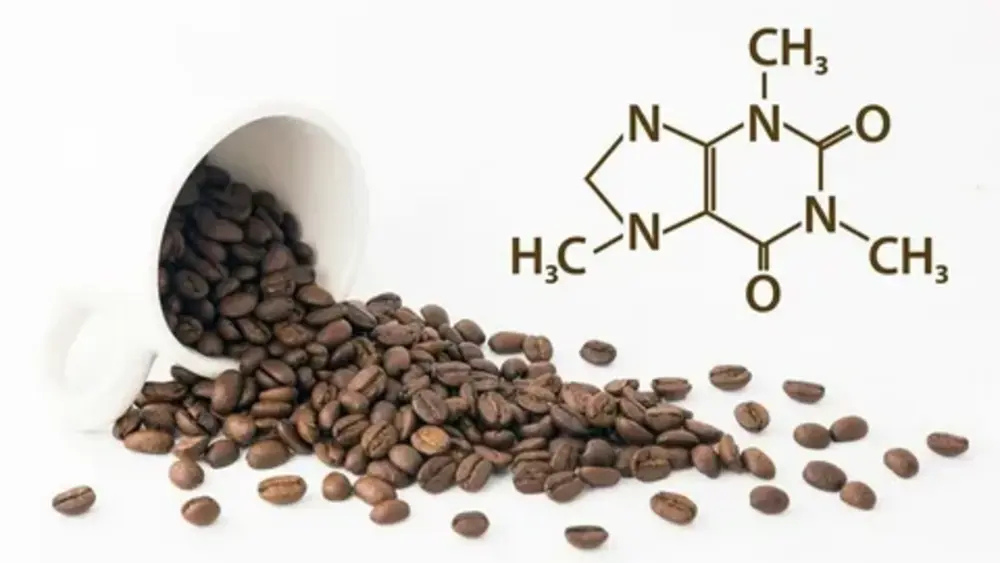
Taste Profile and Brewing Tips
| Aspect | Details |
|---|---|
| Flavor Profile | Natural grassy, mild, and slightly sweet; smoother and less astringent than regular green tea. |
| Brewing Recommendations | Steep in water just below boiling (175–185°F) for 2–3 minutes; avoid oversteeping to prevent bitterness. |
| Comparison to Other Decaf Teas | Fresher taste than ethyl acetate decaf teas; preserves volatile aromatic compounds for a distinctive green tea flavor. |
Benefits of Bigelow Decaf Green Tea
| Benefit | Description |
|---|---|
| Gentle on the System | Provides antioxidants without caffeine jitters or sleep disruption. |
| Evening-Friendly | Low caffeine makes it ideal for nighttime consumption. |
| Nutrient-Rich | CO₂ decaffeination retains polyphenols and EGCG. |
| Healthy Alternative | Low-calorie, flavorful option compared to sugary beverages. |
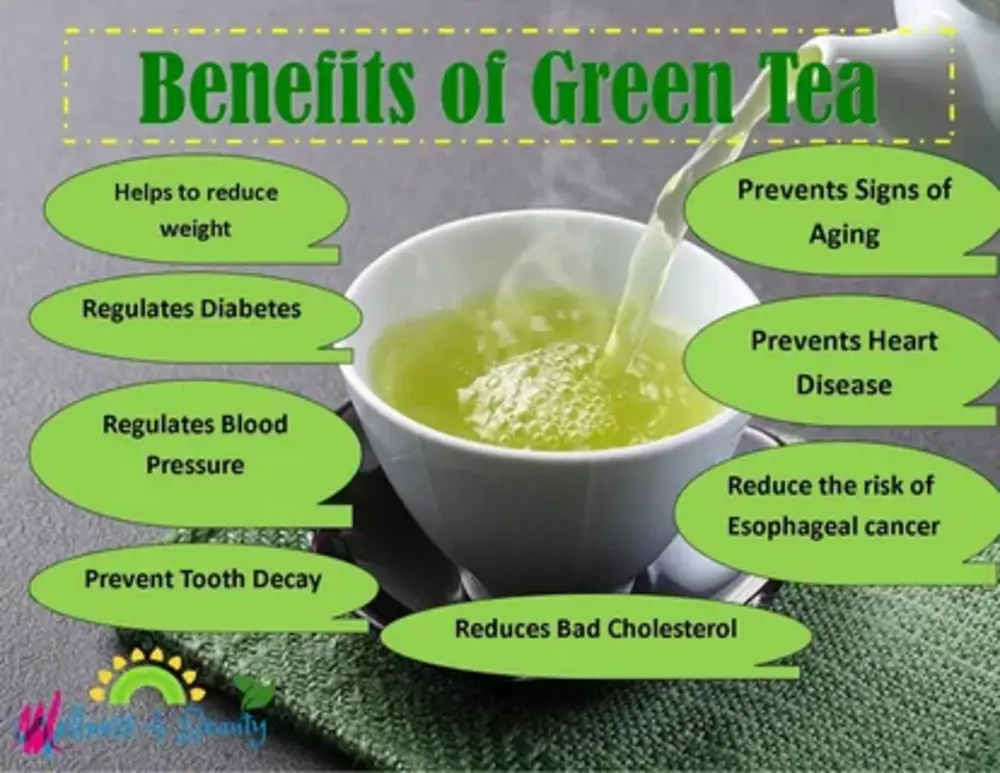
FAQs
Q1: How does Bigelow decaffeinate their green tea?
A: Using the CO₂ decaffeination process, which extracts caffeine while preserving antioxidants, flavor, and aroma.
Q2: Is Bigelow decaf green tea completely caffeine-free?
A: No, it contains 1–8 mg of residual caffeine per cup, much less than regular green tea.
Q3: Does decaf green tea retain its health benefits?
A: Yes, most polyphenols, EGCG, and antioxidants remain intact, supporting heart and metabolic health.
Q4: Can I drink decaf green tea at night?
A: Absolutely. Low caffeine makes it suitable for evening consumption and relaxation.
Conclusion
Bigelow decaffeinates its green tea using a precise CO₂ process that removes caffeine while preserving flavor, antioxidants, and aroma. This method provides a safe, smooth, and healthy tea option for anyone looking to reduce caffeine without sacrificing the natural benefits of green tea. Whether for morning, afternoon, or evening enjoyment, Bigelow decaf green tea delivers quality and taste you can trust.

